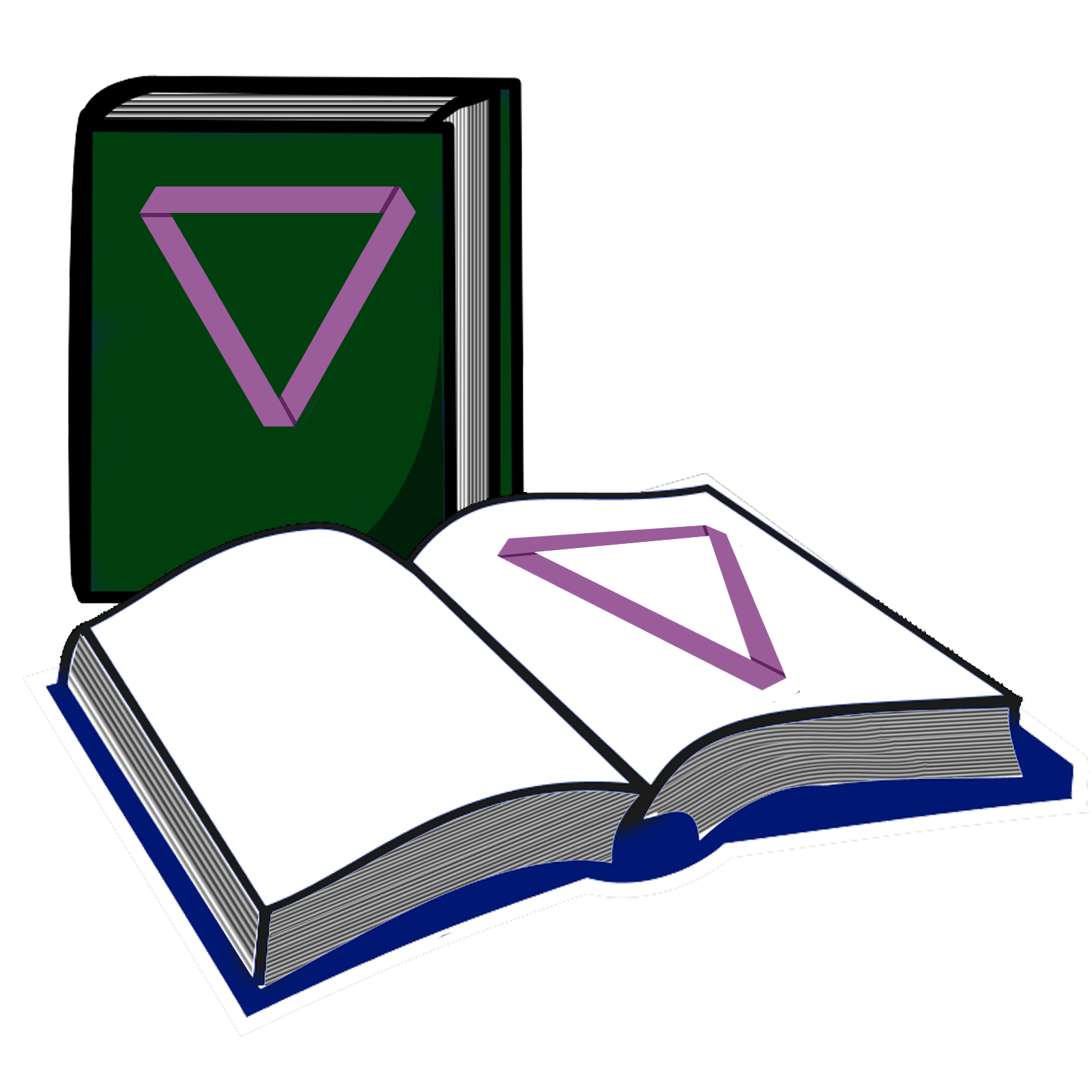- Loading...
- No images or files uploaded yet.
If juggling is not physically possible, we'll make other plans.
LEARN TO JUGGLE SOCKS or BALLS!Make sock balls! Add weight w/golf balls inside, fold 1 or 2 socks together! Or use rice as weight!https://www.youtube.com/watch?v=2NgUwPQ9rRE RECORD your practice TIMES as self-tutoring hours.
https://www.cultofpedagogy.com/how-to-talk/
pgs. 6, 7, 8
How to Juggle w/Jack Kalvan
Taylor Tries0:00- 3:35 1 ball 3:40- 5:40 2 balls 5:49- 9:38 3 balls 9:40- 12:30 further tutoring & problem solving
Niels Duinker0:00- 2:15 1 ball 2:15-4:46 2 balls 4:50-7:26 3 balls
BRING TO CLASS next Tuesday socks or balls or whatever you're juggling.
|
Workshop 3 Utilize Mistakes - Don't Prevent Them |

U.S. first graders and Japanese first graders acquire their beliefs about struggle and mistakes from adults and teachers.
8. How is making mistakes while learning math viewed by EASTERN hemisphere (Japanese) teachers and students in classes and how are mistakes viewed by WESTERN hemisphere (United States) teachers and students in classes?
9. Contrast how Japanese and U. S. first graders respond to solving unknown math problems. What did each group do?

Hong Kong's Symphony of Lights fireworks/ Kroot. Mistakes created fireworks. Click the link to learn how if you are curious!
10. Choose 1 of these 4 products to investigate how it became what it is.
First, describe how YOU THINK it was created. Second, click the link to learn how it became what it is.



https://theworld.org/stories/2016-05-18/how-kindles-e-ink-system-works Open link if you want to know more. This is not required.
photo by Brendan McDermid/Reuters

Open link if you want to know more. This is not required.
11. Was the product you chose created by mistake or because of the creators' growth mindset or BOTH?
Explain your thoughts.
Big Idea Closer HOW Do Kids INVENT? |
In 1963, 6-year-old Robert Patch was granted a patent for a toy truck

 Read before answering: https://www.rd.com/list/things-kids-invented/
Read before answering: https://www.rd.com/list/things-kids-invented/
12. What invention and young inventor surprised you the most from all of these?
Why?
NOT PART OF THE ASSIGNMENTResources for Additional Learning |
https://www.smithsonianmag.com/innovation/accidental-invention-play-doh-180973527/
https://www.npr.org/2020/09/10/911349828/oregon-man-recognized-for-swimming-while-juggling

Black: Yoyo Master
https://www.youtube.com/user/officeblack
The Amazing Nano Brothers Juggling Show
00:00 -1:21 1, 2, 3 balls
https://themoth.org/radio-hour/you-gone-learn
https://www.youtube.com/watch?v=2mC_-iElZ5U 3 Easy to learn yoyo tricks
https://www.bbc.com/news/business-44860428
Resource: Expose Talented Kids from Low-Income Families to Inventors and They're More Likely to Invent
Students in school are often asked to solve puzzles, answer questions, figure out connections by themselves. But many students when working alone find they do not immediately see the answers to problems or the connections between academic materials.
They begin to think of themselves as being not good at different learning or they think of themselves as a failure at learning a topic.
They adopt fixed mindsets "I can't do this . . . ." They become disengaged, discouraged, defeated and ashamed.
Supportive Tutors/Coaches/Mentors Use Mistakes As Teaching Tools
Tutors have an essential role helping students solve the puzzles they encounter in all academic subjects to make growth mindsets.
By solving puzzles students see themselves successfully achieving academically; achieving strengthen their beliefs that they can and increases their motivation to continue to do so.
Tutors must use multiple strategies to help students/no one strategy fits every learner
Coaching is necessary to inspire and empower learners.
You can adopt multiple personalities to support student learners:
HUMOR is a significant learning/teaching tool.
Tutors/Coaches/Mentors Use Mistakes as Teaching Tools. Mistakes show learning and give direction for next steps.

Power of Wonder chart from Research for Better Teaching
Puzzle Sheets are low-stakes occurrences; but puzzles like 4th grade standardized test math problems are much higher-stakes events for many students
|
 TUTORING SCENARIO: Which of these resources would best help you learn about the age of the Earth and why?
TUTORING SCENARIO: Which of these resources would best help you learn about the age of the Earth and why?
MUSIC Video and Song
![]() Eric Idle of Monty Python's Comedy Group sings a musical walk back in time, Galaxy Song
Eric Idle of Monty Python's Comedy Group sings a musical walk back in time, Galaxy Song
Circle GRAPH History of the Earth in a 24-hour Clock from the website, Flowing Data.
VIDEO. ![]() Evolution of Life on Earth
Evolution of Life on Earth
Who do you know, a friend or family member, who would find one or the other interesting.
Which of them intrigues you and helps you learn this concept and history?
 Bodily-Kinesthetic
Bodily-Kinesthetic
moving, dancing, playing sports and instruments, acting, building, constructing & fixing things, activities where movement and coordination influence learning
 Interpersonal
Interpersonal
perceives and responds empathetically and sympathetically
is socially aware, utilizes leadership behaviors, is inclusive of others
 Verbal-Linguistic
Verbal-Linguistic
reads, writes, debates, argues, revises and critiques, curious about words and learning languages
 Logical-Mathematical
Logical-Mathematical
connects different ideas to each other, learns to understand concepts, solve puzzles, sees math in all daily activities
 Naturalistic
Naturalistic
learns, plays or works outdoors
recognizes differences and similarities in plants, animals, science, weather, cycles in nature
 Intra-personal
Intra-personal
self-directs own learning/ sets personal goals and works to achieve them
thinks and reflects in order change behaviors or responses
 Visual Spatial
Visual Spatial
utilizes space and recognizes concepts of math and physics while watching or playing sports or dancing or moving
creates, designs, draws, paints, crafts, makes comics/ videos/ animations, creates with blocks, sews
analyzes and learns from pictures, photos, maps, drawings, graphs
 Musical-Rhythmic
Musical-Rhythmic
hears and recognizes tones, rhythms, cadences and voices, recognizes rhythms in sports, weaving, dance, sings, broadcasts, acts and creates music, mashes melodies and beats
Comments (0)
You don't have permission to comment on this page.